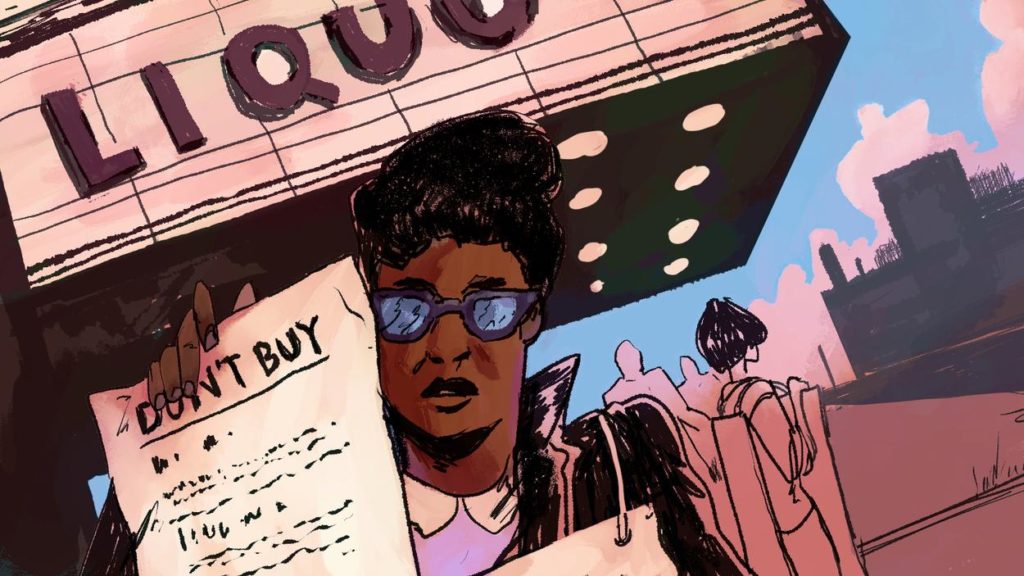
The Untold Story of Harlem’s ‘Whiskey Rebellion,’ the Civil Rights Campaign for Black Liquor Salesmen
In early July of 1959, picket lines blocked liquor stores on Harlem’s Lenox Avenue, Seventh and Eighth Avenues, and 126th Street.
James Hicks, who was the managing editor of the pioneering black Amsterdam News weekly, gleefully watched the protests from the newspaper’s nearby offices “in the heart of Harlem, where they drink everything from Ape Gravy to Soothing Syrup,” he wrote. He kept an eye on a corner liquor store, which was an “important address both to the high and the mighty, and the low and flighty.”
Few tried to cross the rows of smartly dressed protesters—men in suits and dapperly tilted fedoras, bouffanted women carrying purses with picket signs proclaiming “DON’T BUY HERE.” From his front-row seat, Hicks saw a man skirt the line, enter the store, and re-emerge with a bottle, only to be met with jeers.
“Nobody said anything to him. But everyone said a lot to everyone else. Nobody that is, except Willie the Wino, a man of action,” Hicks wrote. “He just walked up and slapped the other wino so hard in his teeth that the other wino dropped his precious bottle.”
Those rowdy, heckling onlookers made clear their sympathies with the NAACP’s cause that day: to make sure that black liquor salesmen could sell their wares anywhere in New York City.
In a stunning example of professional segregation, black salesmen were confined at the time to work only in predominantly African-American neighborhoods. White salesmen, on the other hand, could roam the city in search of clients and commissions even though they sold the same products, sometimes for the same company as black vendors. Not only did they get unfettered access to Manhattan’s bars and tourist dollars; they could also sell throughout Harlem, the city’s most lucrative market and the urban cultural center of black America.